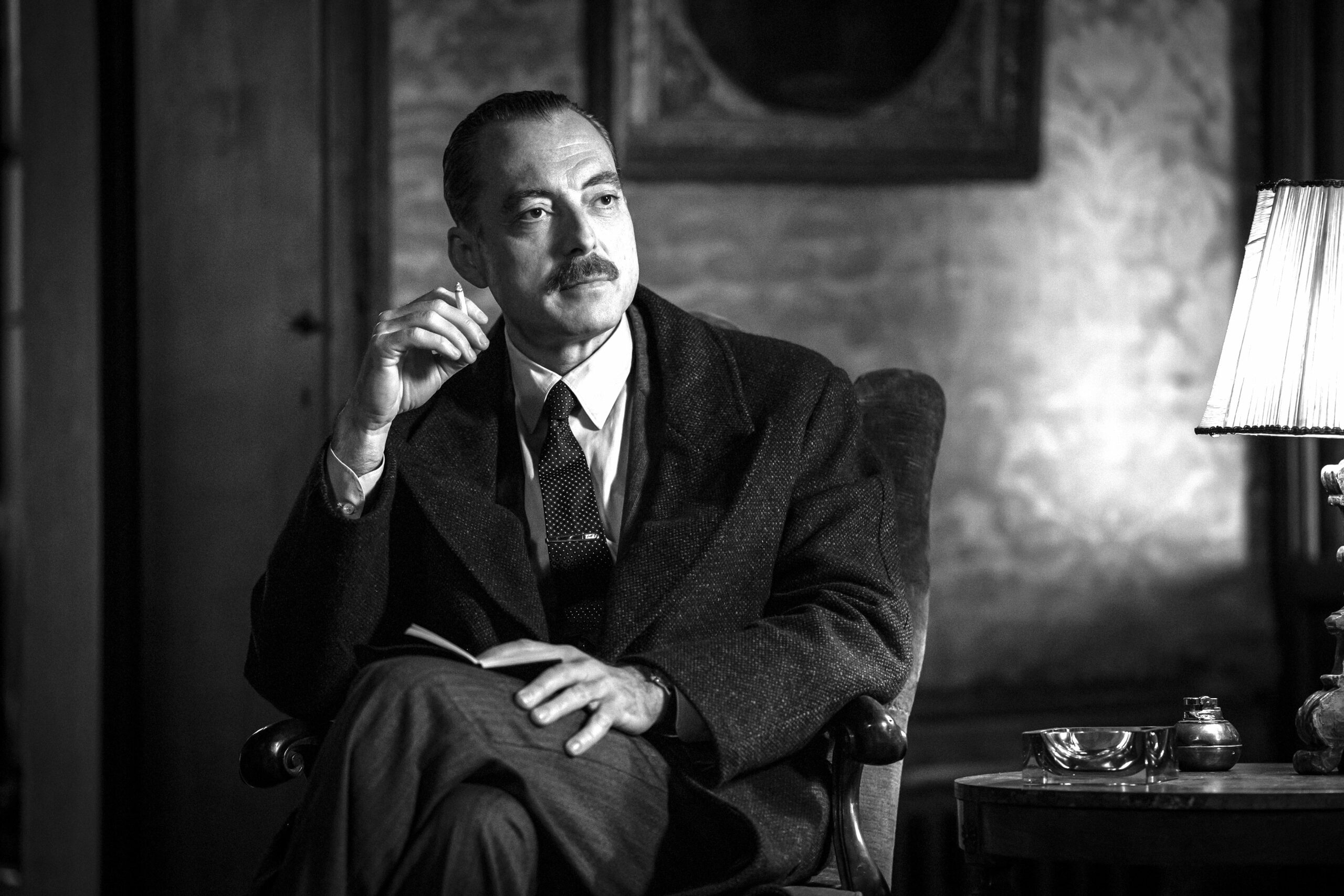An author in the process of creating a story, who suddenly loses his inspiration and gives up on his work. He forgets that what he created will live forever, independently from him, but condemned to a tragic existence. The six characters he created, in fact, are incomplete: their story never ends, and they will live now on stuck in those few tragic memories they have, the only part of them their author had developed.
Here is the play that made the Sicilian Luigi Pirandello, Nobel Prize in Literature in 1934, one of the most important writers (and maybe philosophers) of the 20th century.
Sei Personaggi in Cerca d’Autore (Six Characters Looking for an Author) was first presented in 1921 in Rome; the reaction of the audience wasn’t exactly the one expected. Confused and not ready for such a new idea of theatre/life, they refused to watch the performance till the end. Apparently, though, the play had left a sign; a second attempt was made indeed a few years later, with a much better result. Since then, Six Characters Looking for an Author has been played all over the world, still intriguing the audience with its universal representation of life.
Los Angeles hosted the new version of the play written by David Harrower at the Santa Monica Promenade Playhouse, a small, intimate theatre where the audience seems to be witness of a real drama. The six characters break onto the stage during the rehearsal of a show: a Father, a Mother, a 22-year-old Son, a Stepdaughter, an adolescent Boy, and female Child are desperately looking for someone to complete their story, someone to tell them what to do, so they can finally have a “normal” existence as literary characters.
They don’t even have a name, only a few shared memories of a tragic event that keeps them united. And yet, they are real, even more than human beings. Fictional characters are more “alive” than anyone else; they cannot die as long as the works they live in are experienced by others.
Actors: Fiction! Fiction!
Father: Fiction?! What Fiction?! Reality folks, Reality!
The Father, in fact, reacts to the director of the company, who makes fun of the characters and of their request. “Who are you?” he asks. Lost and confused, the director laughs hysterically, then hushes.
A character, sir, may always ask a man who he is. Because a character has really a life of his own, marked with his especial characteristics; for which reason he is always “somebody.” But a man – and I’m not speaking of you now – a man, may very well be “nobody.”
The characters implore to be interpreted by the actors on stage, so they can finally be “completed”. But when the actors try to re-enact their story, the characters can’t recognize themselves. What they see is another story. Not even the six characters agree on their own story, on who they are. Each of them has a different point of view, each of them has a different idea of how things went.
We all have a world of things inside ourselves, and each one of us has his own private world. How can we understand each other if the words I use have the sense and the value I expect them to have, but whoever is listening to me inevitably thinks that those same words have a different sense and value, because of the private world he has inside himself too? We think we understand each other, but we never do.
Six Character Looking for an Author is part of Pirandello’s attempt to map the human species through a collection of literary works, which describe humans with their strengths and weaknesses, their dou-bts and certainties, their beliefs and his mysteries.
On stage at the Santa Monica Promenade Playhouse until Saturday, July 21th, 2012. Info and tickets at 310-656-8070 or www.plays411.com






























